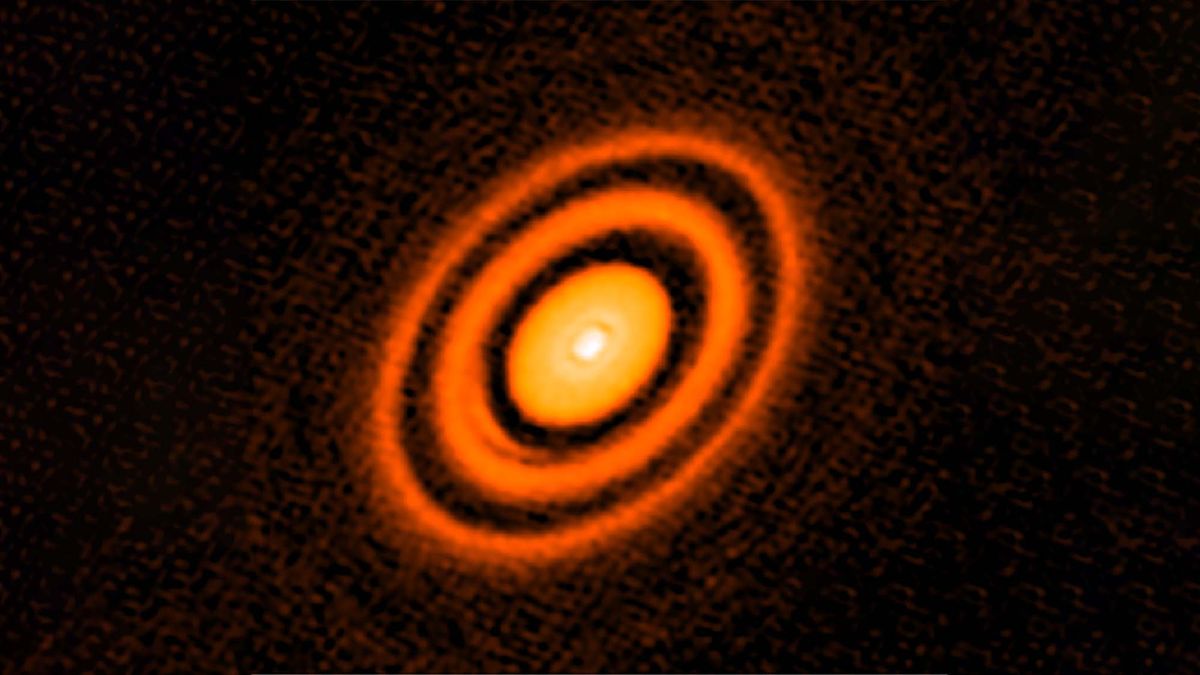
Jan 14, 2022
1 min, 13 secs
'Pressure bumps' in Sun's accretion disk led to solar system we see.Much like the way material orbiting Saturn is flattened by centrifugal forces into a tight, neat disk, the same happened with the Sun in the earliest days of the solar system – and the way those rings were composed explains how Earth grew from those rings into a manageable size and not into a so-called "Super-Earth.".We avoided that fate, it turns out, thanks to '"pressure bumps" in those early solar rings, according to a new study published in the journal Nature Astronomy. .What they found was that three bands of high pressure in the early solar accretion disk can account for everything from the composition of the asteroid belt between Mars and Jupiter and the formation of the Kuiper Belt beyond Neptune, but also the nearly circular orbits of the four inner planets, their composition, and their various sizes."We propose that pressure bumps produced disconnected reservoirs of disk material in the inner and outer solar system and regulated how much material was available to grow planets in the inner solar system.".At these pressure bumps, gas is denser and gas particles move faster, which in turn helps slow down the drift of heavier solid material like dust and rock, allowing it to start to accumulate into planets.
When they ran simulations with a late-forming second ring of material, this allowed much more solid material through into the inner solar system.
